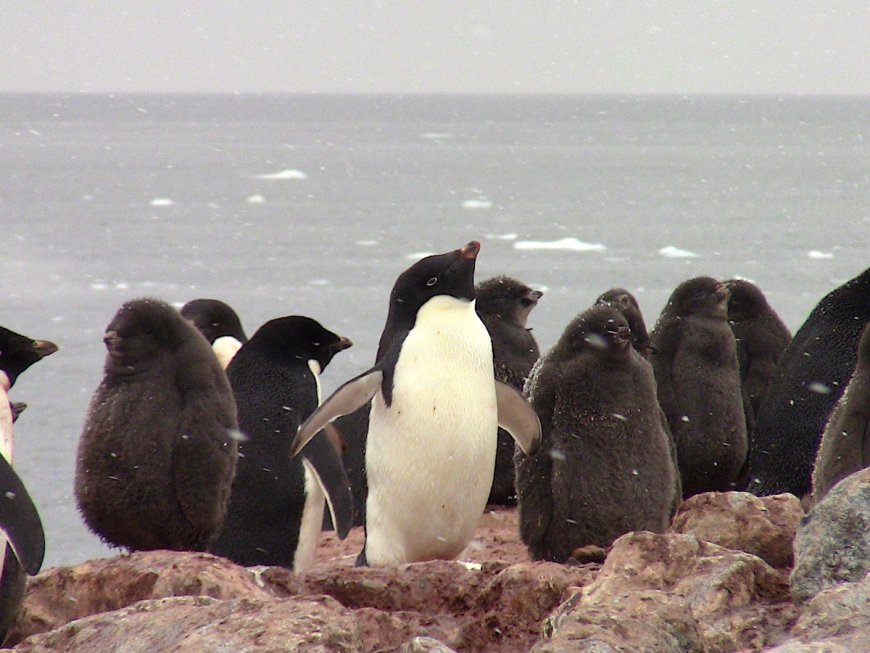Mercury Pollution Detected in Antarctic Penguins
In a new study, scientists have confirmed mercury contamination in Antarctic penguins and are raising alarms that this pollutant and its impact on birds mimics the spread of DDT uncovered in the 1960s. Despite the lack of humans near the penguins on the Antarctic Peninsula, researchers have confirmed mercury contamination in these birds. According to […] The post Mercury Pollution Detected in Antarctic Penguins appeared first on EcoWatch.

In a new study, scientists have confirmed mercury contamination in Antarctic penguins and are raising alarms that this pollutant and its impact on birds mimics the spread of DDT uncovered in the 1960s.
Despite the lack of humans near the penguins on the Antarctic Peninsula, researchers have confirmed mercury contamination in these birds. According to the research team, the spread of mercury resembles DDT contamination of previous decades.
“In the 1960s, we were discovering DDT in remote places where it wasn’t being used,” John Reinfelder, co-author of the study and a professor at the Rutgers School of Environmental and Biological Sciences, said in a statement. “It’s a similar story today with mercury. There are no human sources near the Southern Ocean, but because of long-distance transport through the atmosphere, it has the potential to accumulate in penguins.”
The study, published in the journal Science of the Total Environment, analyzed feathers of Adélie (Pygoscelis adeliae), gentoo (Pygoscelis papua), and chinstrap (Pygoscelis antarctica) penguins in the Southern Ocean, near Anvers Island on the West Antarctic Peninsula. Researchers also measured the isotopes carbon-13 and nitrogen-15 to analyze foraging ecology and diet, respectively.
Through the analysis, the team found the lowest mercury levels in Adélie and gentoo penguins, but chinstrap penguins featured higher amounts of accumulated mercury. This could be because the chinstrap penguins migrate farther north for feeding.
“Before this study, we didn’t know that penguins migrating farther north had higher exposures to mercury,” Reinfelder explained. “These data give us a way to learn not only about mercury accumulation, but about penguin ecology more broadly.”
As Scientific American reported, the findings confirm that penguins can be bioindicators of mercury present in the environment, and evaluating their molted feathers for mercury can contribute to larger research on environmental pollutants in the region.
As for the penguins’ health, the researchers noted that the mercury levels, even for chinstrap penguins, are still not high enough to be dangerous. However, the findings highlighted a need for continued efforts to reduce mercury pollution, particularly from activities like mining.
“We don’t believe penguins have been exposed to toxic levels as of yet,” Reinfelder told Scientific American. “Yes, the penguins will be okay.”
Next, the team will continue to collect and analyze feathers from different penguin species while also comparing mercury levels in penguin blood and their prey to better understand how the pollutant moves through the environment.
“Just like DDT in the 1960s, the scientific community today is focused on monitoring mercury,” Reinfelder said in a statement. “Are we going to see a decrease in levels in the fish that people and animals eat? That’s the hope.”
The post Mercury Pollution Detected in Antarctic Penguins appeared first on EcoWatch.



















































